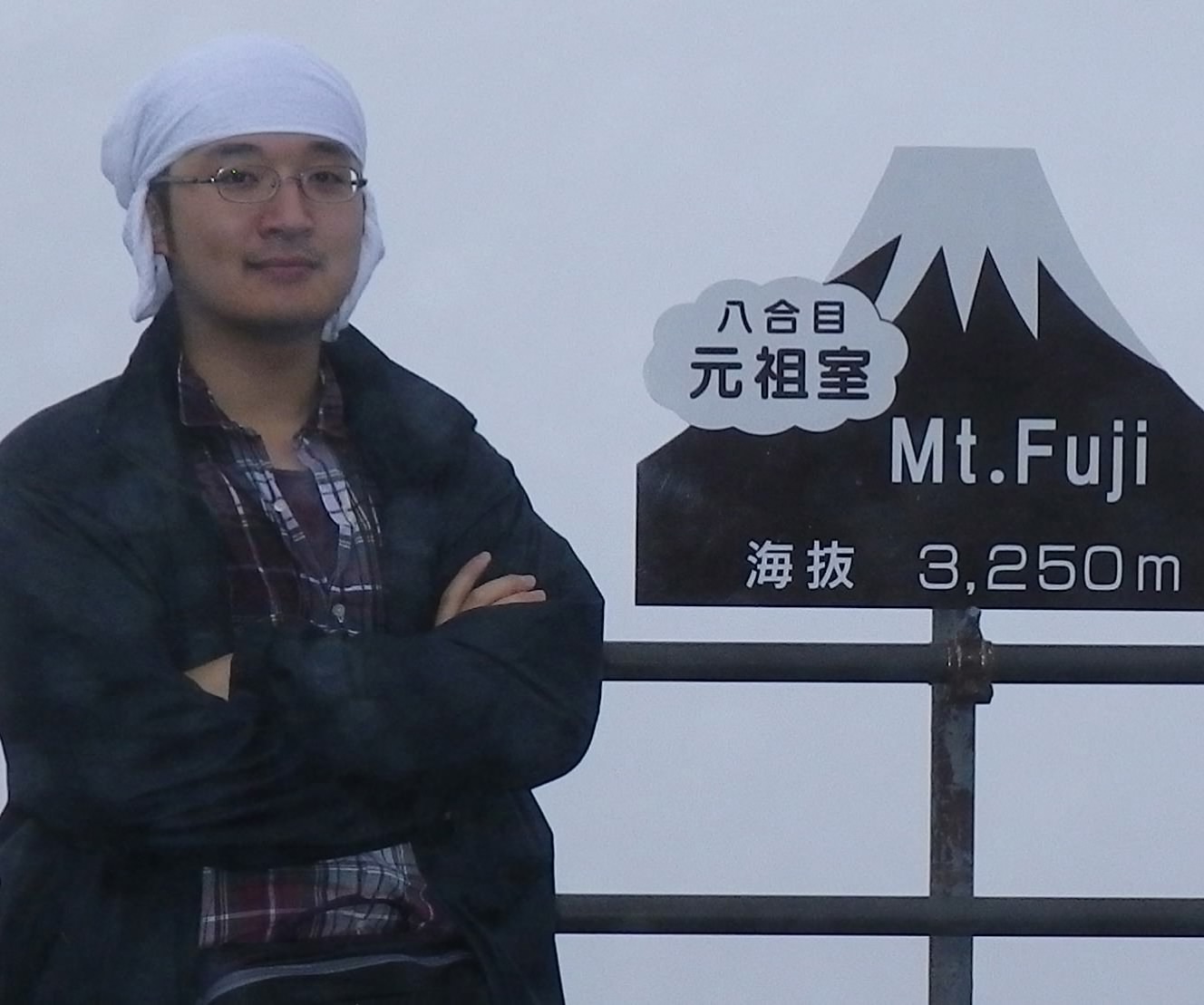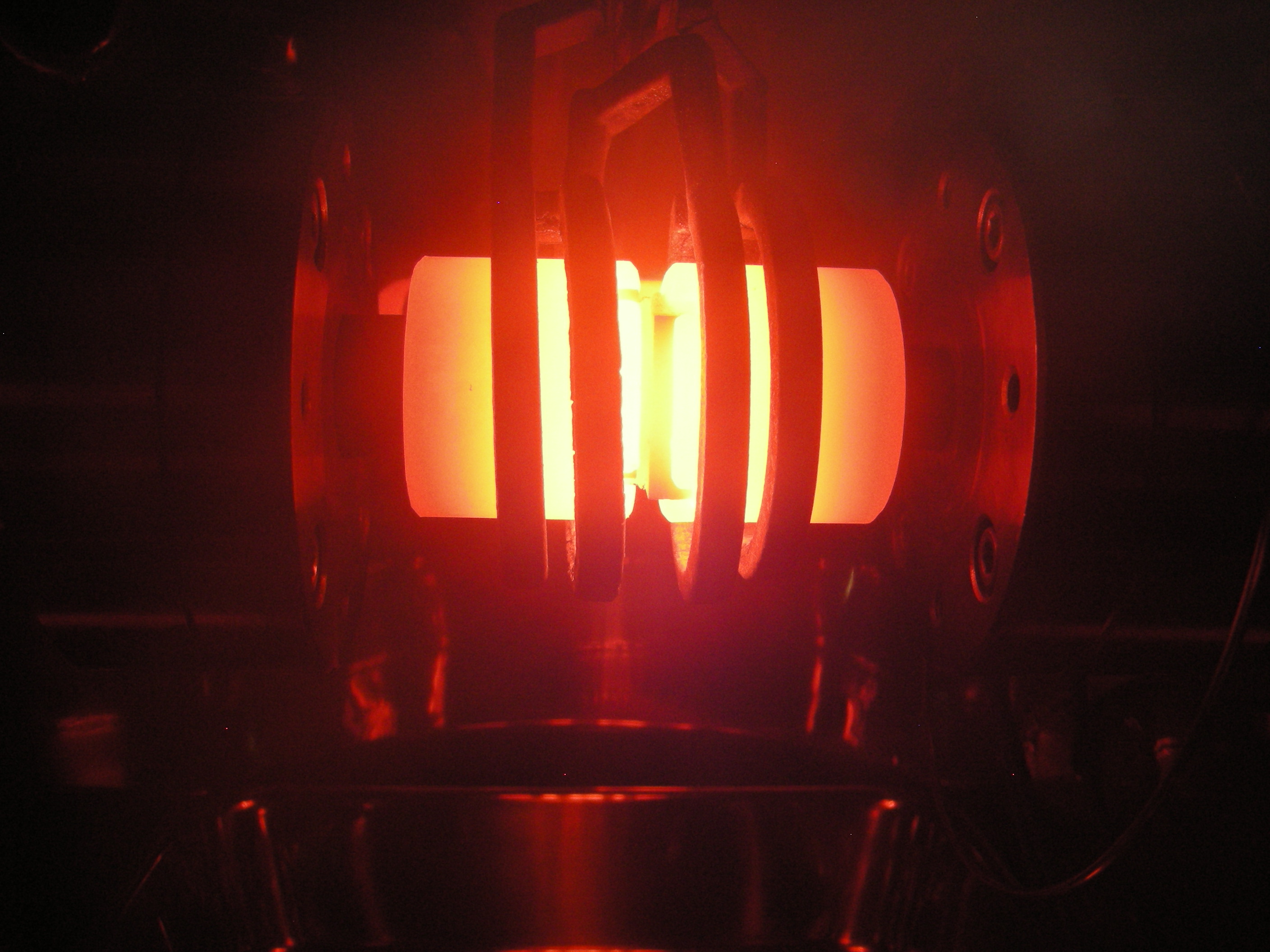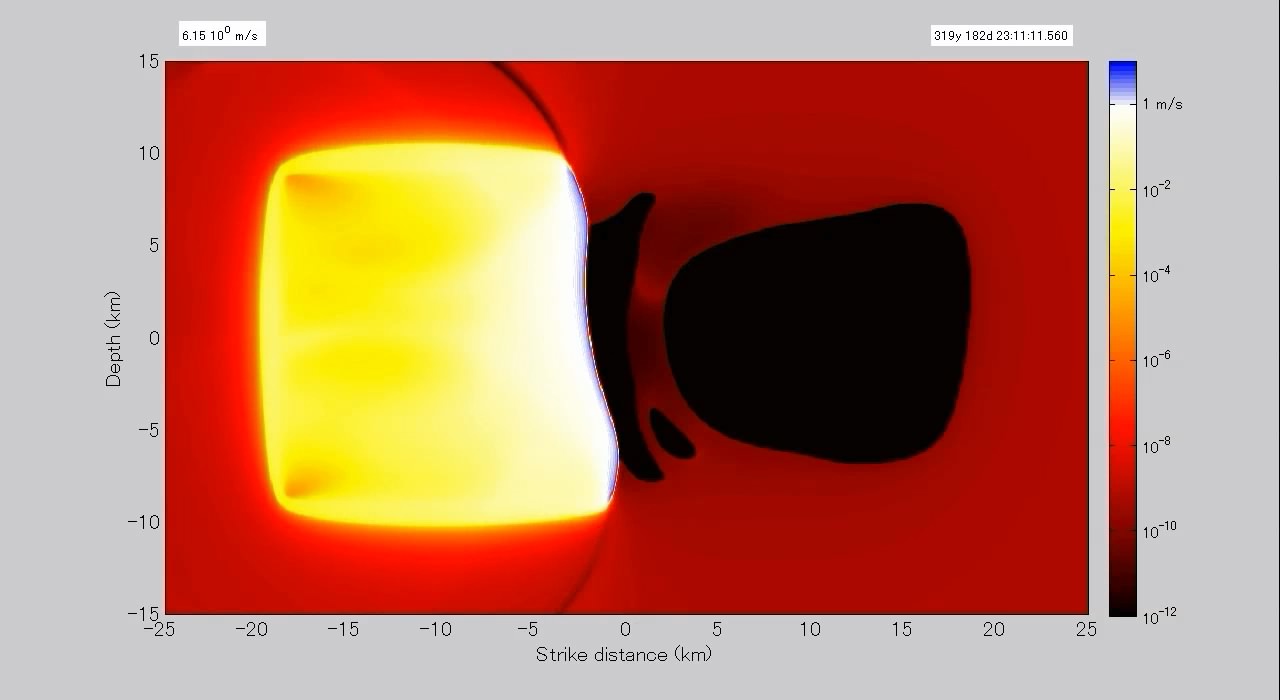Publications
Original Publications (Peer-Reviewed)
Noda, H. (2016), Implementation into earthquake sequence simulations of a rate- and state-dependent friction law incorporating pressure solution creep, accepted to Geophys. J. Int.
Noda, H., and T. Hori (2014), Under what circumstances does a seismogenic patch produce aseismic transients in the later interseismic period?, Geophys. Res. Lett., 41, 21, 7477-7484, doi:10.1002/2014GL061676.
Shimamoto, T. and H. Noda (2014), A friction to flow constitutive law and its application to a 2-D modeling of earthquakes, J. Geophys. Res., 119, 11, 8089-8106, doi:10.1002/2014JB011170.
Shibazaki, B. and H. Noda (2014), What caused the 2011 Tohoku-Oki earthquake? : Effects of dynamic weakening, Journal of Disaster Research, 9, 3, 252-263.
Noda, H., M. Nakatani, and T. Hori (2014), Coseismic visibility of a small fragile patch involved in the rupture of a large patch - Implications from fully dynamic rate-state earthquake sequence simulations producing variable manners of earthquake initiation, Prog. Ear. Planet. Sci., 1, 8, doi:10.1186/2197-4284-1-8. (Invited article)
Thomas, M., N. Lapusta, H. Noda, and J.-P. Avouac (2014), Quasi-dynamic versus fully-dynamic simulations of earthquakes and aseismic slip with and without enhanced coseismic weakening, J. Geophys. Res., doi:10.1002/2013JB010615.
Okazaki, K., H. Noda, S. Uehara, and T. Shimamoto (2014), Permeability, porosity, and pore geometry evolution during compaction of Neogene sedimentary rocks, J. Struct. Geol., doi:10.1016/j.jsg.2013.12.010.
Noda, H., M. Nakatani, and T. Hori (2013), A slower fault may produce a smaller preseismic moment rate: Non-1/tf acceleration of moment rate during nucleation and dependency on the background slip rate, Geophys. Res. Lett., 40, 18, 4850-4854, doi:10.1002/grl.50962.
Noda, H., M. Nakatani, and T. Hori (2013), Large nucleation before large earthquakes is sometimes skipped due to cascade-up ― Implications from a rate and state simulation of faults with hierarchical asperities, J. Geophys. Res., 118, 6, 2924-2952, doi:10.1002/jgrb.50211.
Okazaki, K., I. Katayama, and H. Noda (2013), Shear-induced permeability anisotropy of simulated serpentinite gouge produced by triaxial deformation experiments, Geophys. Res. Lett., 40, 1290-1294, doi:10.1002/grl.50302.
Noda, H., N. Lapusta and H. Kanamori (2013), Comparison of average stress drop measures for ruptures with heterogeneous stress change and implications for earthquake physics, Geophys. J. Int., 193, 3, 1691-1712, doi:10.1093/gji/ggt074.
Noda, H., and N. Lapusta (2013), Stable creeping fault segments can become destructive as a result of dynamic weakening, Nature, 493, 518-521, doi:10.1038/nature11703.
Noda, H., and N. Lapusta (2012), On averaging interface response during dynamic rupture and energy parititoning diagrams for earthquakes, J. Appl. Mech., 79, 031026, doi:10.1115/1.4005964.
Noda, H., and T. Shimamoto (2012), Transient behavior and stability analyses of halite shear zones with an empirical rate-and-state friction to flow law, J. Struct. Geol., 38, 234-242, doi:10.1016/j.jsg.2011.08.012.
Ferri, F., G. Di Toro, T. Hirose, R. Han, H. Noda, T. Shimamoto, M. Quaresimin, and N. de Rossi (2011), Low- to high-velocity frictional properties of the clay-rich gouges from the slipping zone of the 1963 Vaiont slide, northern Italy, J. Geophys. Res., 116, B09208, doi:10.1029/2011JB008338, with a correction in J. Geophys. Res., 116, B11298, doi:10.1029/2011JB008927.
Noda, H., K. Kanagawa, T. Hirose, A. Inoue, (2011), Frictional experiments at intermediate slip rates with controlling temperature: Rate weakening or temperature weakening?, J. Geophys. Res. 116, B07306, doi:10.1029/2010JB007945.
Noda, H., and N. Lapusta (2010), 3D earthquake sequence simulations with evolving temperature and pore pressure due to shear heating: Effect of heterogeneous hydraulic diffusivity, J. Geophys. Res., 115, B12314, doi:10.1029/2010JB007780.
Noda, H., and T. Shimamoto (2010), A rate- and state-dependent ductile flow law of polycrystalline halite under large shear strain and implication for transition to brittle deformation, Geophys. Res. Lett., 37, L09310, doi:10.1029/2010GL042512.
Sulem, J., V. Famin, and H. Noda (2009), Correction to "Thermal decomposition of carbonates in fault zones: Slip-weakening and temperature-limiting effects", J. Geophys. Res., 114, B06311, doi:10.1029/2009JB006576.
Noda, H., E. M. Dunham, J. R. Rice (2009), Earthquake ruptures with thermal weakening and the operation of major faults at low overall stress levels, J. Geophys. Res., 114, B07302, doi:10.1029/2008JB006143.
Noda, H., and T. Shimamoto (2009), Constitutive properties of clayey fault gouge from Hanaore Fault zone, Southwest Japan, J. Geophys. Res., 114, B04409, doi:10.1029/2008JB005683.
Noda, H. (2008), Frictional constitutive law at intermediate slip rates accounting for flash heating and thermally activated slip process, J. Geophys. Res., 113, B09302, doi:10.1029/2007JB005406.
Hirono, T., H. Mukoyoshi, W. Tanikawa, H. Noda, K. Mizoguchi, and T. Shimamoto (2008), Frictional behavior and its seismological implications within thrusts in the shallow portion of an accretionary prism, Tectonophys., 456, 3-4, 20, 163-170, doi:10.1016/j.tecto.2008.04.015.
Noda, H., and T. Shimamoto (2005), Thermal pressurization and slip-weakening distance of a fault: An example of the Hanaore Fault, Southwest Japan, Bull. Seism. Soc. Am., 95, 1224-1233, doi:10.1785/0120040089.
Shimamoto, T., T. Hirose, K. Mizoguchi, and H. Noda (2003), High-velocity friction of faults and earthquake generation process: Current status and future perspectives, Journal of Geography, 112, 6, Special Issue on “Materials Science and Seismological Approaches to Understanding Seismogenic Processes”, 979-999. (In Japanese with English abstract).
Published Proceedings
Rice, J. R., E. M. Dunham, and H. Noda (2009), Thermo- and hydro-mechanical processes along faults during rapid slip, in Meso-scale Shear Physics in Earthquake and Landslide Mechanics, eds. Y. Hatzor, J. Sulem and I. Vardoulakis, pp. 3-16, CRC Press, ISBN:9780415475587.
Noda, H., N. Lapusta, and J. R. Rice (2011), Earthquake sequence calculations with dynamic weakening mechanisms, in Multiscale and Multiphysics Processes in Geomechanics, ed. R. I. Borja, pp. 149-152, Springer-Verlag, Berlin Heidelberg, ISBN:978-3-642-19629-4.
Books and Book Chapters
Noda, H. (2012), Significance of high velocity friction in dynamic rupture process, in The mechanics of faulting: From laboratory to real earthquakes, ed. Bizzarri, A., and H. Bhat, pp. 209-236, Research Signpost, Kerala, India, ISBN:978-81-308-0502-3.




